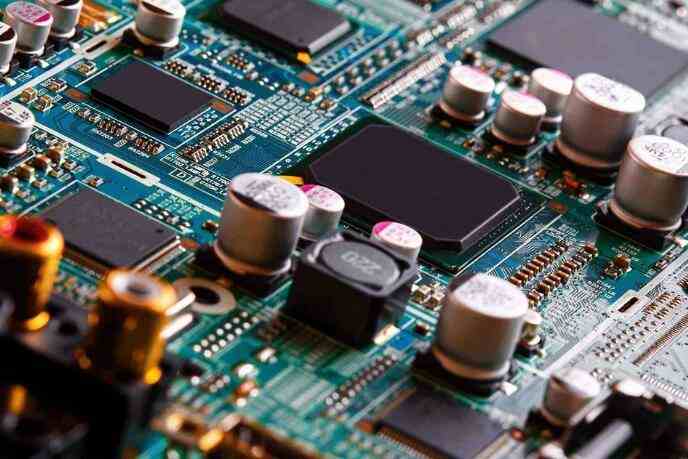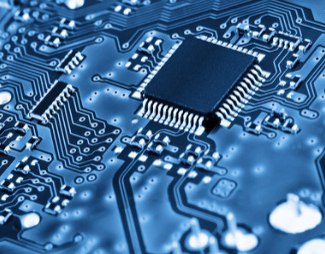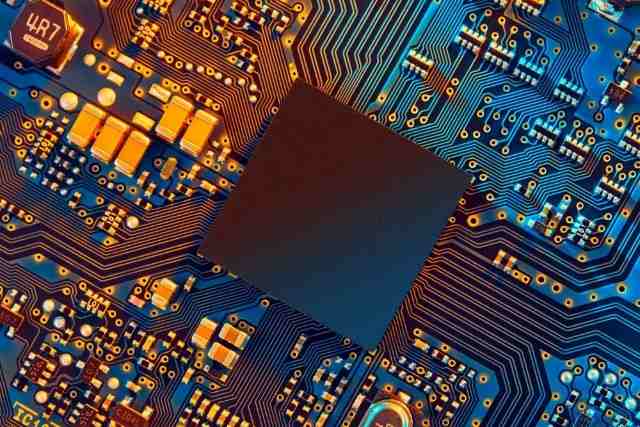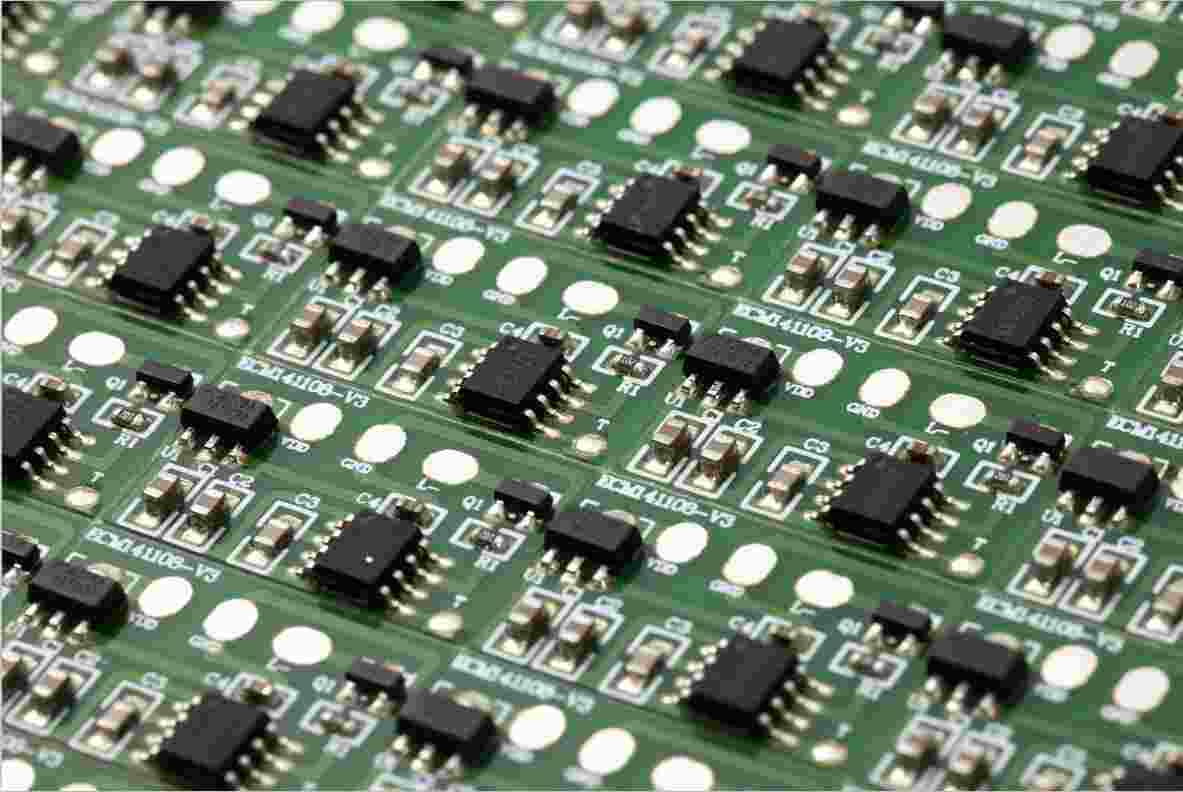
5G communication products require higher frequency and speed. High-speed and high-frequency signals pay attention to transmission line loss and impedance timely delay consistency, and finally receive appropriate waveform and eye pattern at the receiving end. The width of eye pattern opening determines the time interval for sampling and regeneration of received waveform without being affected by crosstalk. Obviously, the best sampling time should be selected at the moment of maximum eye opening. The collapse of the open eye graph is directly caused by loss. The smaller the medium loss Df, the greater the height of the eye graph and the greater the noise capacity.
1. For PCB substrate materials, the Dk/Df needs to be smaller, the higher the Df, the more obvious the hysteric effect. Research hotspots in the industry on PCB copper coated board mainly focus on the development of Low Dk/Df, Low CTE and high thermal conductivity materials, requiring copper foil, glass cloth, tree grease, filler and other supply chain upstream and downstream supporting;
Lower loss copper clad material requirements
In the next 3-5 years, the Internet of Everything 5G communication will be mass-produced, and the Internet of Heaven and Earth 6G will start pre-research, which will require the development of high-speed copper clad technology to the technology direction of lower loss Df, lower dielectric constant Dk, higher reliability and lower CTE. Accordingly, the copper clad plate is mainly composed of copper foil, resin, glass cloth, filler and so on should also synchronously develop in this direction.

2. Lower loss resin material
In order to meet the requirements of 5G high-speed communication products, the traditional FR4 epoxy resin system can not meet the requirements, the copper coated resin Dk/Df is required to be smaller, and the resin system is gradually closer to the mixed resin or PTFE material. See the picture below.
The PCB thickness of high-speed and high-frequency products of 5G communication is getting higher and higher, the aperture is getting smaller and smaller, and the PCB aspect ratio will be larger, which requires the copper clad resin to have lower loss. At the same time, the hole wall separation or hole wall fracture and other defects cannot occur.
3. Copper foil technology with lower roughness
For high frequency PCB board, high frequency CCL materials are very important, including substrate materials Dk/Df, TCDk, stability of medium thickness and copper foil type. PCB simple cross section, where copper layer 1 (top) and Layer 2 are the key layers for high frequency performance, where Layer 1 is the signal conductor and layer 2 is the grounding layer. Most of the electric field of the high-frequency wave propagating over this medium is located between the bottom of layer 1 and the top of layer 2 because of the higher concentration of the electric field at the edge of the signal conductor.
In the design of microstrip or strip line, when the high-frequency signal is transmitted in the wire, most of the electromagnetic wave energy will be bound in the medium layer between the wire and the shield layer (ground), and the skin effect will cause the transmission of the high-frequency signal to gather in the thin layer on the wire surface, and the closer to the wire surface, the greater the alternating current density. For the microstrip line, the skin effect will occur where the microstrip line contacts the medium, and for the strip line, the skin effect will occur where the surface of the strip line contacts the medium. The variation trend of skin depth with frequency can be obtained by calculating formula of skin depth.
The smaller the roughness of copper foil, the smaller the dielectric loss, HVLP copper foil media loss is significantly less than RTF copper foil, from the 5G product performance consideration, the need for lower roughness HVLP copper foil, but copper foil roughness reduction, peeling strength is also smaller, there will be a fine line or small solder plate peeling risk.
4. Low loss and low expansion rate of glass cloth technology
In order to meet the requirements of high-speed PCB design of 5G communication products and application of 100x100mm large-size chips, the Dk/Df and CTE of high-speed copper coated glass cloth should be smaller. If the material CTE is too large, defects such as solder joint cracking will occur during PCBA assembly and welding. In order to develop high speed copper clad plate with Low CTE, the CTE of glass cloth should be ≦3.0ppm/℃, etc. To meet the requirements of this CTE, it is necessary to innovate the glass fiber raw material formula and drawing technology, and prepare glass cloth with lower CTE to meet the needs of 5G or 6G communication technology.
5. Stability of medium thickness
The uniformity of structure, composition and thickness of the dielectric layer and the degree of fluctuation change affect the characteristic impedance values. Under the same thickness of the dielectric layer, the dielectric layer composed of 106, 1080, 2116 and 1035 and resin, respectively, has different characteristic impedance values. Therefore, it can be understood that the characteristic impedance values of various PCB dielectric layers are different. Therefore, in high-frequency and high-speed digital signal transmission of 5G high-frequency PCB, it is appropriate to choose thin fiberglass cloth or open fiber flat cloth, in order to reduce the fluctuation of characteristic impedance value. The Dk value of the material between batches must be controlled within a certain range, and the thickness uniformity of the medium layer should be good. Make sure Dk changes within 0.5.

6. Higher thermal conductivity copper clad sheet
The general idea of heat dissipation is to evaluate the temperature rise from the perspective of circuit efficiency and loss. Through simulation, it is found that the method of reducing the Df value of the material to reduce the temperature rise is not as effective as the method of choosing higher thermal conductivity (TC). For 5G high-frequency plate, relatively thin substrate material should be selected. At the same time, high thermal conductivity, smooth surface of copper foil, low loss factor and other material characteristics are beneficial to reduce the heating condition of the circuit in the millimeter wave frequency band.
Generally, the method for copper clad plate manufacturers to improve the thermal conductivity of the plate is to add high thermal conductivity filler, but adding too much thermal conductivity filler will make it very difficult for PCB driller and electroplating, affecting the PCB production efficiency and yield. In order to meet the thermal conductivity of 5G or 6G communication products ≧0.8W/mK, copper clad plate manufacturers need to carry out research on the new formula as soon as possible.
7. Higher reliability copper clad plate
The integration of 5G communication products is getting higher and higher, PCB design density has been reduced from hole spacing 0.55mm to 0.35mm, multi-stage HDI process PCB board thickness increased from 3.0mm to 5.0mm, MOT temperature requirements increased from 130℃ to 150℃, copper clad plate is required to better heat resistance, CAF resistance performance is also higher.









